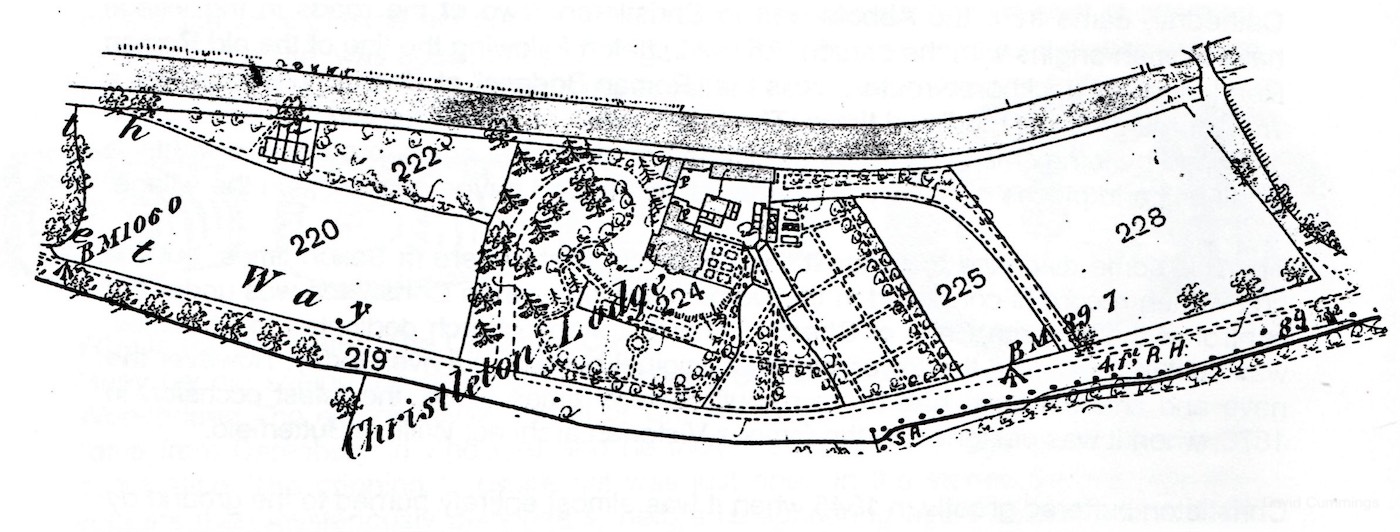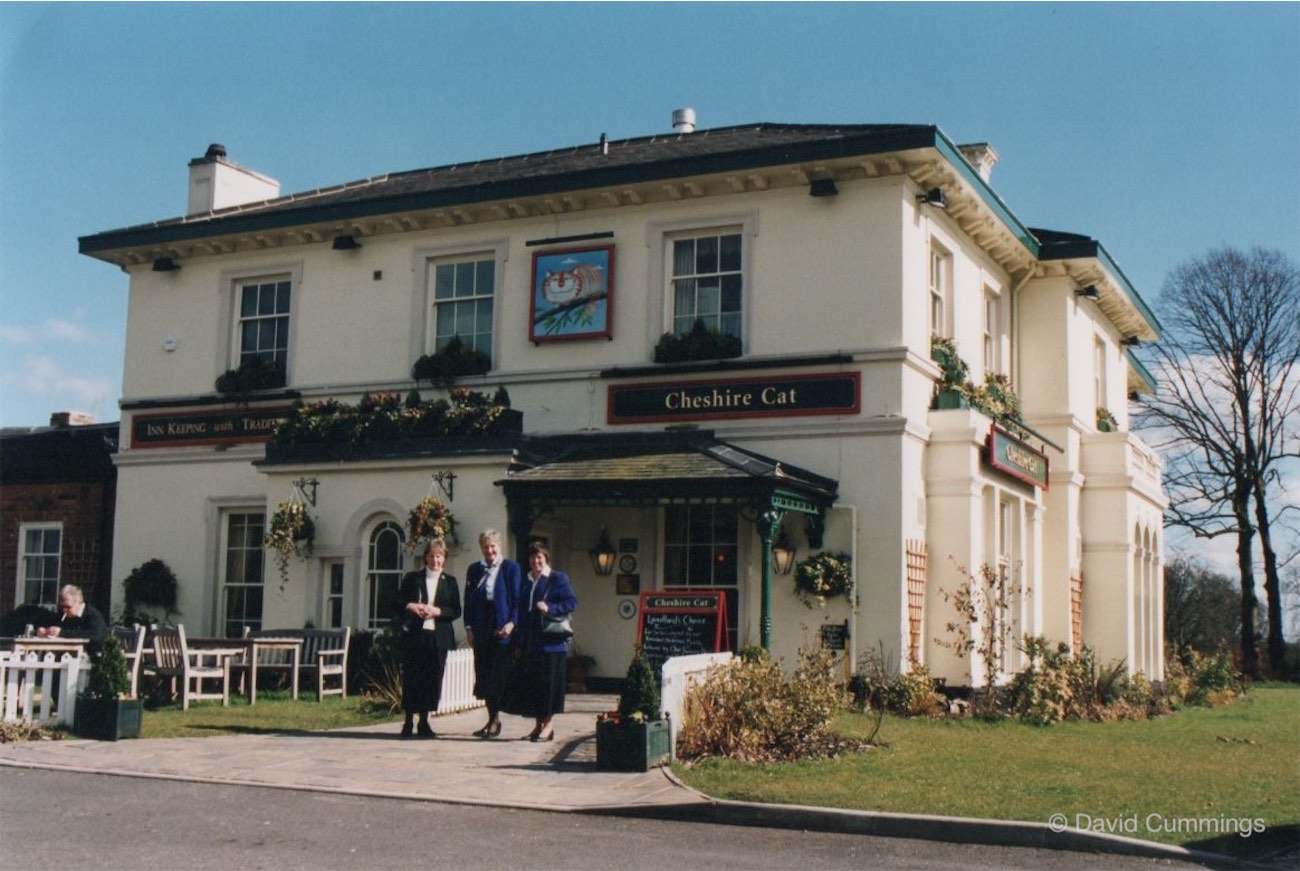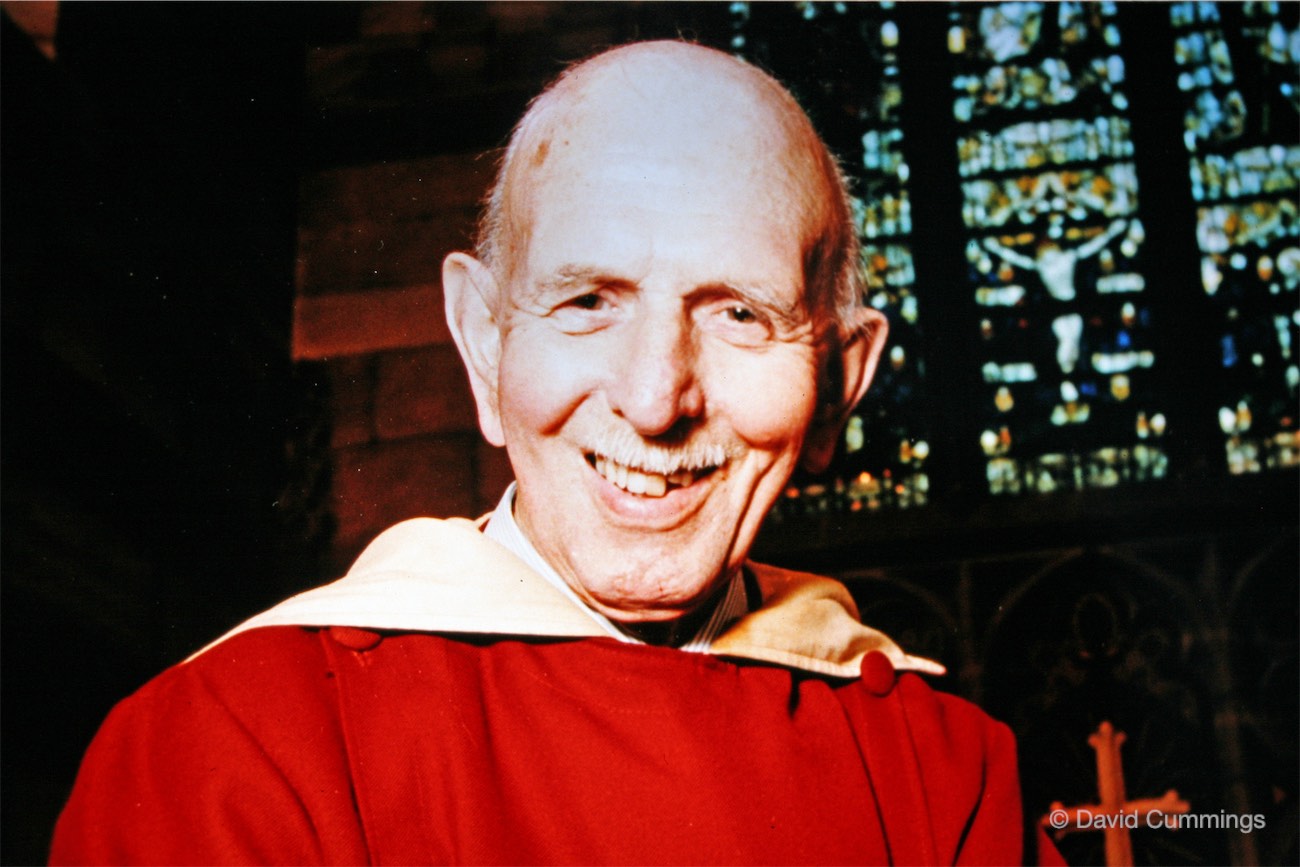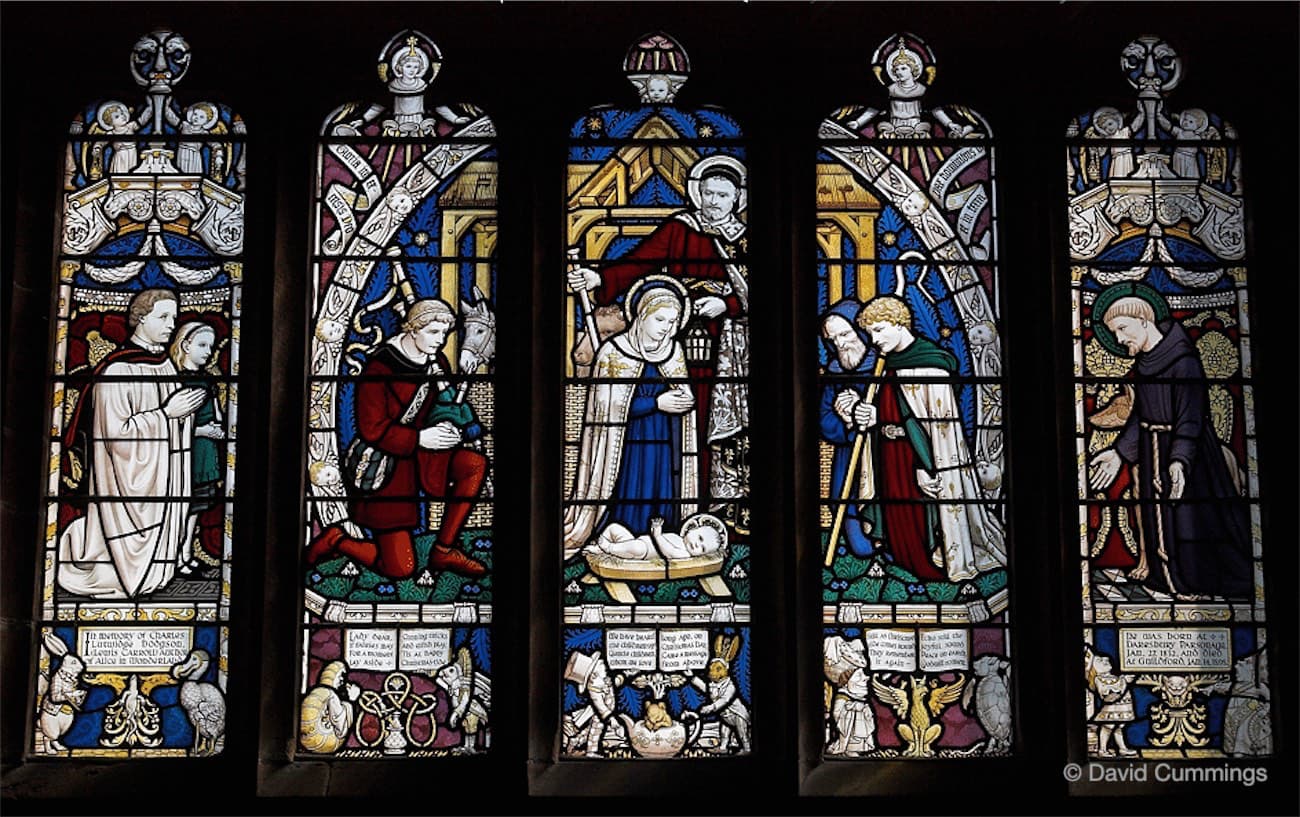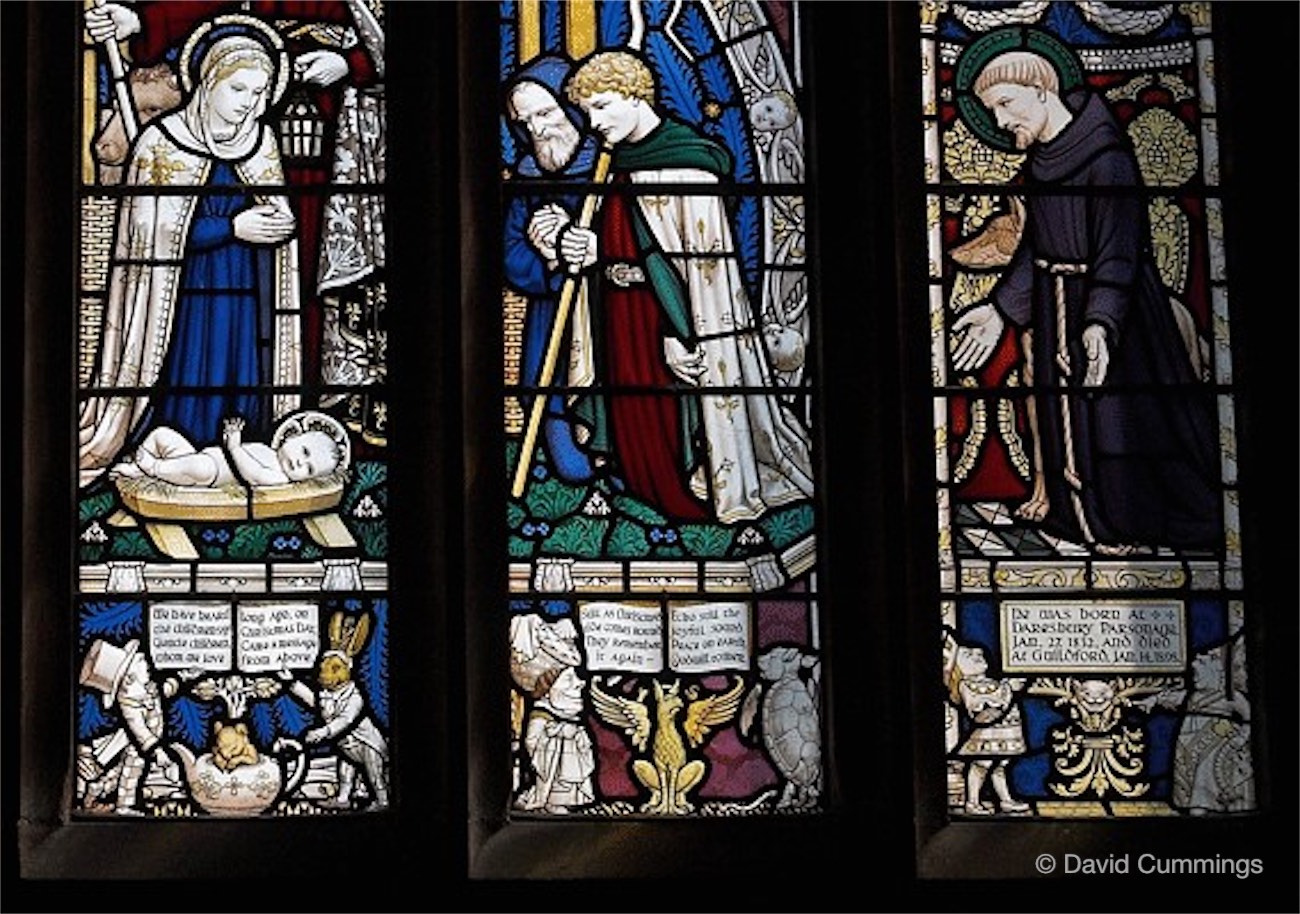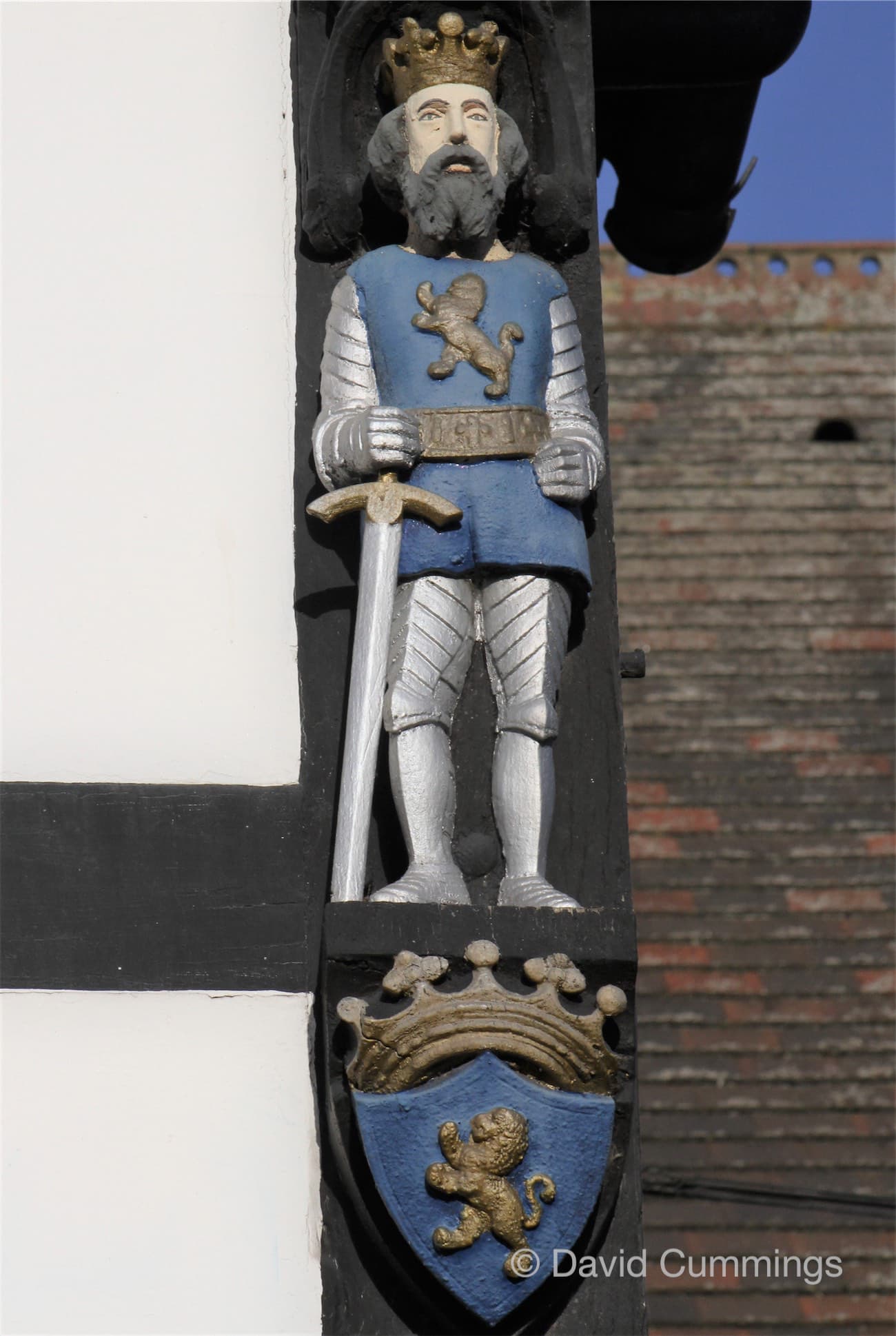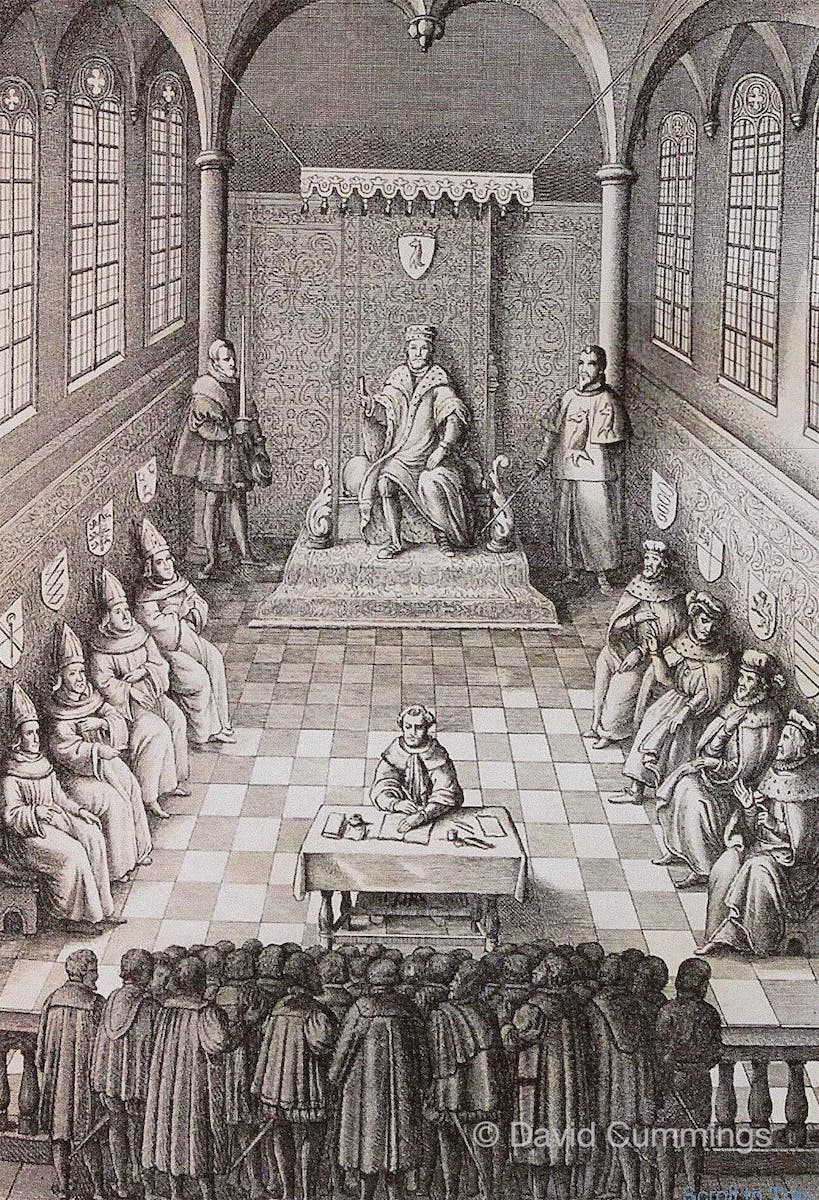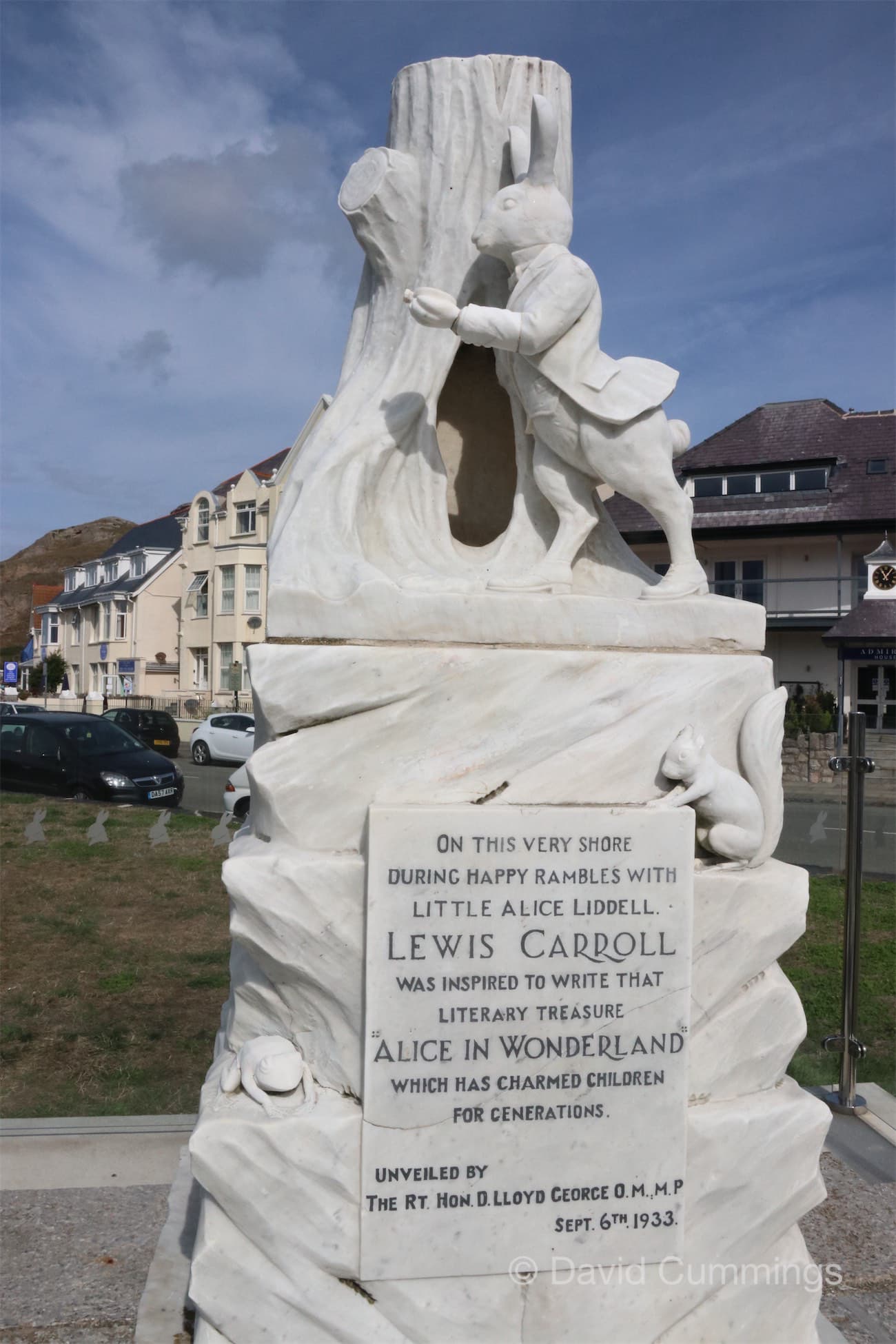
Last month I told you the story about Christleton Lodge and the Heywood Family who lived there around the turn of the 20th century. This is a continuation of that story, and also highlights the influence of the family in Village life at that time.
The Heywood Family entertained a great deal at the Lodge, and many church committees met there including the Parochial Church Council. The most memorable occasion however, according to choir boy Cliff Boddy, was on the Wedding of the oldest son Geoffrey to a beautiful French lady, Mademoiselle Magdeline Herpin. Two large marquees were erected on the lawns and the whole village seemed to be invited to the party that followed. The younger choir boys were invited to drink a glass of punch with their sandwiches and cakes. Geoffrey Heywood later captained the Village Cricket team, and Charles the younger son, married Miss Dobie from Littleton. He also became a Minister in the Church of England, and was regularly invited to preach at St James’ Church on the occasions of St James’ Day and Harvest Festivals by the Rector AA Guest Williams. In 1939 aged 80 years, Mr Heywood gave a delightful party for the Bell Ringers, members of the Boys Bible Class and the Girls of the Village Girls Friendly Society. The comment in the Parish Magazine was “How many at the age of 80 would be so actively hospitable”
There was great sadness when Mrs Heywood died in 1933, as “she was such a gentle and fine lady”, and Mr Heywood had even more tributes paid to him when he died in 1943, and his funeral was conducted by the Bishop of Chester, “to recognise Mr Heywood’s wonderful service to the church generally and to the local community”.
The house was requisitioned by the Military during WWII , and suffered from neglect. We learn about it again in the 1950’s when it was purchased by Mr Arthur Randall. Mr Randall also ran a Commercial School in Chester, and the upkeep of the Lodge and ground were in the hands of Mr Percy Shakel. He looked after the gardens and began to develop the Market Gardening Business, and cared for the livestock. These included nine milking cows, two breeding sows and store pigs, and eighty laying hens. The milk was collected at 7.30am each morning by Morreys, and taken to the local Dairy. As the venture grew, several other fields were rented to grow wheat and corn, but after a major disagreement Mr Shakel left the enterprise, and the Market Gardening side was developed by the Randall family themselves. Christleton has always had the reputation of producing fine produce for the market in Chester. Many local families, Bewley’s, Rose, Chesworth’s, Arden’s, Kirk’s and others, produced butter, cheese, eggs, vegetables especially potatoes, fruit including apples, pears and damsons, cut flowers and even orchids!.
The produce, especially the eggs from the many chicken sheds at Christleton Lodge, was always of excellent quality and good value, and the family at Christleton Lodge continued selling at the shop on the site until the early 1990’s, before moving to their popular new premises, The Farm Shop in Great Boughton. This shop managed by Ray Randall sadly closed during the recent period of covid, and is missed by the villagers who continued to buy their produce there for many years after the move from Christleton. The old house by this time was in need of a great deal of attention and repair, and the site was acquired by Vintage Inns in 1998. This gave the opportunity to bring it up to modern standards and create the excellent Cheshire Cat “Vintage Inn” we see today.
Why is the Inn called "The Cheshire Cat”
Many people seeing the name will think of the Cheshire Cat in the stories of Alice in Wonderland. The author Lewis Carroll or Charles Dodgson, to give him his real name, came from Daresbury in Cheshire and he includes many local legends in his stories about Alice. The grinning Cheshire Cat was just one. In the stories the cat regularly appears then mysteriously disappears, before re appearing again, always with a wide grin on his face. Alice is perplexed by its behaviour, but then she lives in a wonderful world of mad tea parties, together with remarkable characters like the Mad Hatter, The Duchess, the mock turtle and the Cheshire Cat.
The grinning Cheshire Cat however probably pre-dates these stories by hundreds of years. Some authorities say that it comes from as long ago as 1086, when in engraving of the coat of arms of Hugh Lupus, the Norman earl of Chester, the artist has given the head of the wolf, a wide grin, which might be mistaken for that of a cat. Another legend says that early Cheshire Cheeses were made in an oval shape which looked like a curled up cat, and perhaps the cat would be pleased at the thought of eating the cheese. A further interpretation says that when pub signs were painted with emblems of a lion or leopard they were known as cats. e.g. The Red Lion in Christleton. These creatures were always portrayed by heraldic carvers and artists with a mouth that curved upwards right up to the extremity, hence giving it a wide grin. In Chester, the Arms of the first Earl was inscribed along with the Lions of England, hence the possible interpretation of a Cheshire Cat. Wherever the name originates from, it certainly gives us wonderful signs on this site, which somehow bear an uncanny resemblance to the grinning Cheshire Cat in Alice’s Adventures in Wonderland by Lewis Carroll.
The article contains stories and information told by Christleton residents the late Cliff Boddy and Percy Shakel.
Research by David Cummings Christleton Local History Group. Updated January 2023.

IF YOU WOULD LIKE YOU CAN LISTEN TO ALICE READING THIS MONTH'S HISTORY FILE BY DAVID CUMMINGS
-

Christleton Lodge 1854
-

Christleton Lodge
-

Restored Longe in 2002
-

Cliff Boddy Chorister in Christleton for 79 years
-

The Alice Window at Daresbury
-

7. Detail from Memorial Window at Daresbury
-

\
-

Chester 1086 Court of Hugh Lupus
-

Lewis Carroll Memorial at Llandudno


